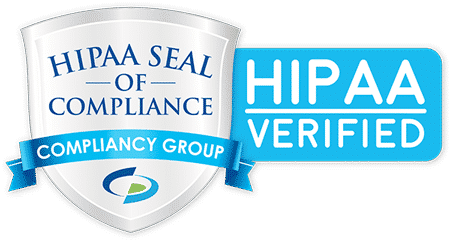Visual‑field testing is a valuable diagnostic tool for glaucoma, neurological conditions and many other eye diseases.
Yet, many optometry practices leave reimbursement dollars on the table because of incorrect coding, incomplete documentation or missed filing requirements.
According to industry experts, inefficient documentation and inaccurate billing can cost healthcare providers tens of thousands of dollars annually.
Understanding common pitfalls and integrating streamlined technology—like the VF2000’s digital reporting—can help your practice capture appropriate reimbursement while delivering high‑quality care.
Mixing Up Routine vs Medical Exams
A leading cause of denied claims is a misunderstanding of when to bill a routine eye exam versus a medical examination.
A leading cause of denied claims is misclassifying visits.
- Routine Exam: Blurry vision caused by refractive error.
- Medical Exam: Blurry vision related to a condition like diabetic retinopathy.
Failing to differentiate these visits leads to denied claims or audits. Always base the billing on the chief complaint and diagnosis. Document the exam elements and medical decision‑making to justify the level of service.
Submitting Claims Before Credentialing Is Complete
Submitting claims before you are fully credentialed with a payer is a costly mistake.
It is essential to decide whether your practice operates as a sole proprietor or corporation and to complete credentialing before seeing insured patients.
For Medicare, claims can be back‑dated only if a start date is properly established. Wait until the credentialing process is finalized before submitting claims to avoid outright denials.
Not Identifying Payer Policies
Billing rules vary between Medicare, Medicaid and commercial carriers. A major pitfall is not checking the payer’s coverage policies.
The American Academy of Ophthalmology’s coding experts note that each payer has unique documentation requirements and network restrictions.
Failing to follow payer‑specific rules may result in missing required elements or using the wrong code. Always verify payer guidelines before submitting claims.
Missing Required Physician Orders and Documentation
Every separately reimbursable ophthalmic test requires a physician order specifying the test, eye(s), and medical necessity.
Missing orders or lacking interpretation reports are common errors. Many EHR systems facilitate documentation, but orders must be explicit and placed before the test is performed.
Keep separate sections in the chart for the test order, interpretation and plan to satisfy payer requirements.
Inadequate or Minimal Documentation
Insufficient documentation is a pervasive issue. Insurance carriers will downcode or deny claims if the documentation does not support the level of service.
Thoroughly document the chief complaint, history, exam elements, test interpretation and treatment plan.
Consider periodic internal or external chart audits to ensure compliance.
Not Verifying Insurance Eligibility and Coverage
Another common pitfall is failing to confirm a patient’s insurance coverage before performing a visual‑field test.
Confirm coverage policies (e.g., Medicare covers visual‑field exams when they are medically necessary) and obtain prior authorization when required.
Missing Timely Filing Deadlines
Payers impose strict deadlines for submitting claims. Medicare allows claims to be submitted within 12 months of the date of service, while some commercial carriers have deadlines as short as 60 days.
Late submission can result in denied reimbursement. Set up systems to track filing deadlines and submit claims promptly.
Failing to Leverage Integrated Technology
Paper‑based billing workflows increase the risk of errors. Portable VR perimeters like the VF2000 produce familiar, easy‑to‑interpret reports that integrate directly with your EHR, reducing transcription mistakes and ensuring all required documentation is captured.
Choosing diagnostic equipment that supports digital workflows improves both clinical and financial outcomes.
Leveraging modern technology like the VF2000 series can further reduce billing errors by generating standardized reports and integrating seamlessly with your EHR.
To see how Micro Medical Devices’ portable VR perimeters can simplify your billing workflow and improve patient care, schedule a demo or contact us today.







